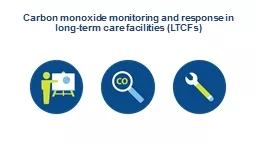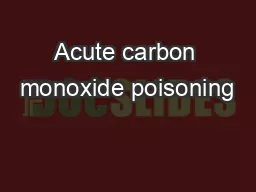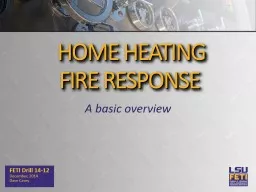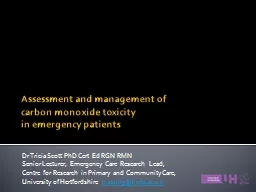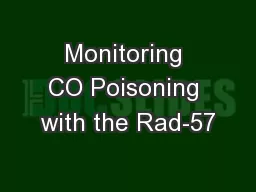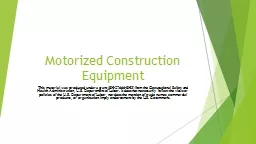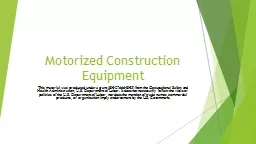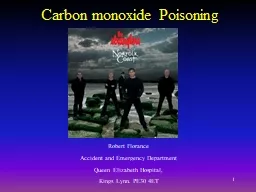PPT-Carbon monoxide monitoring and response in long-term care facilities (LTCFs)
Author : pagi | Published Date : 2022-06-01
Overview Carbon Monoxide What are the health risks Who is at risk CO in LTCFs What are the issues What is being done to address these issues CO Monitoring and Response
Presentation Embed Code
Download Presentation
Download Presentation The PPT/PDF document "Carbon monoxide monitoring and response ..." is the property of its rightful owner. Permission is granted to download and print the materials on this website for personal, non-commercial use only, and to display it on your personal computer provided you do not modify the materials and that you retain all copyright notices contained in the materials. By downloading content from our website, you accept the terms of this agreement.
Carbon monoxide monitoring and response in long-term care facilities (LTCFs): Transcript
Download Rules Of Document
"Carbon monoxide monitoring and response in long-term care facilities (LTCFs)"The content belongs to its owner. You may download and print it for personal use, without modification, and keep all copyright notices. By downloading, you agree to these terms.
Related Documents

